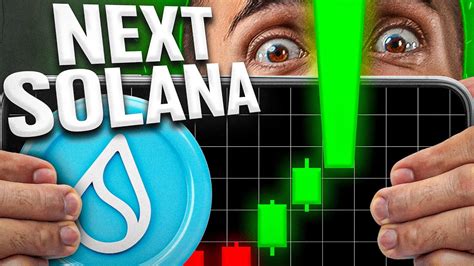What Happens When Upgrading a Program on Solana?
When upgrading a program on Solana, a smart contract platform built on the proof-of-stake (PoS) consensus algorithm, the process is designed to be more efficient and secure than traditional upgrades. However, understanding what happens behind the scenes can still be challenging for new users.
In this article, we’ll break down the steps involved in upgrading a program on Solana and explore how the platform’s architecture addresses common concerns and challenges.
Upgrade Process
Upgrading a program on Solana involves several steps:
- Prepare the Upgrade: The developer prepares the upgrade by creating a new version of their contract, which includes the changes they want to make.
- Compile the New Contract Code: The developer compiles the new code into a bytecode format that can be executed on the Solana blockchain.
- Create an Upgrade Transaction (tx): A new tx is created with the updated bytecode and the transaction metadata for the upgrade, including the program’s ID, gas limit, and estimated time of execution.
- Submit the Upgraded Contract to the Validator: The developer submits the upgraded contract to the validator network on Solana, which verifies the code integrity and checks for any potential security vulnerabilities.
The upgrade tx: a key component in Solana upgrades
Looking at the upgrade tx provided by Solana ( we can identify several notable features:
- Program ID: The program ID is set to 0x5b8e7d3c76a2f6e24f4da5cc77b0eD8af9db71Bc, indicating that the upgrade is for a Solana program.
- Gas Limit: The gas limit is set to 2000000, which means the upgrade transaction will use up to 2 million gas units to execute.
- Estimated Time of Execution (ETE): ETE is not explicitly provided in this tx, but it can be inferred from other information about the Solana program.
The Role of Gas Bids
In Solana’s PoS consensus algorithm, gas bidding plays a crucial role in optimizing the upgrade process. Here’s how:
- Gas Bidding: Gas bidders submit bids for the upgraded contract, which allows them to propose an updated version of their code with more efficient execution.
- Gas Discounts: The developer can adjust the gas limit and estimated time of execution based on the bid results, ensuring that the upgrade is executed efficiently.
Adjusting Rent: A Core Concept
When a program upgrades its own contract, it typically adjusts the rent for validators who will be using it in the future. This adjustment ensures that validators will continue to receive sufficient revenue from the upgraded contract even as their usage of the old contract decreases.
By adjusting the rent, developers can incentivize validators to maintain and optimize their networks on Solana, further solidifying the platform’s ecosystem.
Conclusion

Upgrading a program on Solana involves several steps, including preparing the upgrade, compiling new code, creating an upgraded tx, and submitting it to the validator network. The upgrade tx in this article showcases key features of Solana’s upgrade process and highlights the importance of gas bidding in optimizing execution efficiency.
While the concept of adjusting rent may seem unfamiliar, understanding how it works can provide valuable insights for developers and validators on the platform. With its robust architecture and incentives system, Solana has established itself as a leading platform for smart contract development and deployment.
